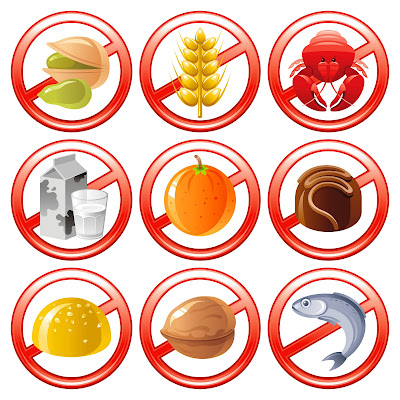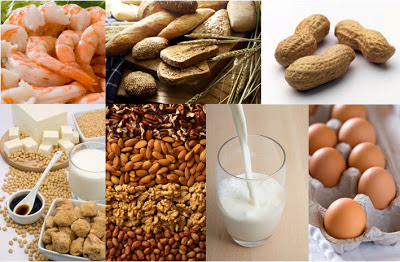One of the reasons why more people haven't switched to energy-efficient lighting is because they see them as more expensive. Often people base this assessment on the purchase price only, rather than the whole-life cost of a light bulb. In a typical home lighting accounts for around 10-20% of the electricity bill, but you can lower this proportion by installing energy efficient bulbs and save on your overall energy bill. Installing five low energy light bulbs will cost about £15 and could save you as much as £32 a year.
Traditional light bulbs are known as filament or incandescent light bulbs. They heat up a wire filament inside the bulb, causing the bulb to light. It converts very little of the electricity it uses into light, and most of it is wasted as heat. In fact ninety percent of the energy used to illuminate a regular bulb is spent on heat rather than light. The downside of a filament light bulb is its short life, lasting 1,000 hours or one year's typical use. Turning them on and off regularly shortens their lives even more. These traditional light bulbs also tend to shorten the life of light fittings and shades.
Traditional bulbs have to be replaced much more often and they use five times the electricity of low energy light bulbs. Begin to think of light bulbs as one-off purchases that last many years, like a lamp itself, rather than something you simply throw away after a short time.

Energy efficient bulbs are do not waste so much energy on heat. There are a number of different kinds of low energy light bulbs available, including compact fluorescent light bulbs (CFLs), Light Emitting Diodes (LEDs) and flouresant bulbs or tubes.
Compact fluorescent light bulbs (CFLs)
In terms of energy efficiency, switching to compact fluorescent light bulbs has more impact than anything else you can do. Nothing else comes anywhere near to this level of saving and improvement in efficiency. Compact fluorescent (CFL) light bulbs use only a fifth of the electricity compared to traditional light bulbs; in other words they are 400% more efficient.
Compact fluorescent bulbs come in a variety of shapes such as spiral, pear, golf-ball, globe, and candle. Covered shapes tend to have greater physical strength, as the fluorescent tube itself is hidden behind a layer of stronger glass. However this reduces their energy efficiency a little, sometimes being B rather than A rated (for comparison, incandescent bulbs are G rated). So, you should be able to find one to work with your existing light fittings.
CFLs vary in their 'colour temperature', expressed in degrees Kelvin (K). Higher temperatures mean whiter light, cooler temperatures mean yellower light. Some low energy bulbs have a colour temperature which is 'daylight balanced', and this is thought to help people who suffer from seasonal affective disorder (SAD).
Light Emitting Diodes (LEDs)
Light-emitting diodes (LED) light bulbs work when electrons are moved through a semi-conductive material.
LED bulbs are the most expensive bulbs on the market, but they also last the longest. They last up to 25 times longer than a traditional filament bulb (up to 20 years), and cost significantly less to operate over the course of a year. LED lights have the advantage of reaching full illumination almost immediately, as well as being very compact. However, although they are good to replace low voltage halogen bulbs in the home they do not at present provide the quality of lighting that CFL light bulbs do. They are often used for security, garden or decorative lighting.

Fluorescent tubes
Fluorescent tubes are a source of efficient and effective lighting. Fluorescent tubes do have a limited life, although this will be several years. There is no foundation to the belief that fluorescent tubes use a huge amount of electricity when they are switched on. The extra electricity used is negligible.
If there are signs of flicker, or a tube looks as though it has failed, it is worth checking if you need a replacement 'starter' before you consider replacing the tube. A starter is a small cylinder with two small T shaped pins protruding from one end and only cost a couple of pounds.
For related articles click onto:
Conserving fossil fuels
Energy saving light bulbs
Fossil Fuels
Fossil fuels: Alternative sources of energy
What is acid rain?
What is global warming?
What is the difference between energy efficient light bulbs and traditional light bulbs?
What is the difference between hard and soft woods?
What is the difference between neon and fluorescent light?
What is fracking?
What is global warming?
What is the Gulf Stream?




































